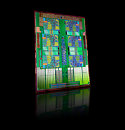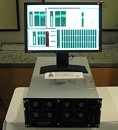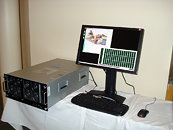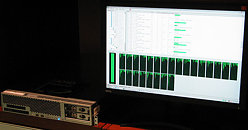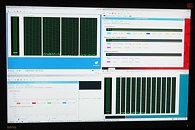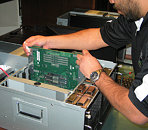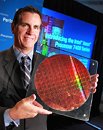Earlier today, AMD
announced the release of its much anticipated enterprise quad-core processor, the new Quad-Core AMD Opteron, codenamed "Shanghai". A regular feature with AMD press releases, is that the PR team details about the products' availability. In this particular release, AMD went a step further and revealed the brand name the company's desktop 45nm processors would carry: Phenom II, when getting into details about the AMD Dragon enthusiast platform. Dragon succeeds Spider, and consists of a Phenom II processor, running on AMD 7-series core logic, along with ATI Radeon HD 4000 series graphics accelerators.
The Phenom II processors will consist of a whole range of quad-core, triple-core and dual-core processors, with the products segregated on the basis of their core count, clock-speed and cache arrangement. Several models are
lined-up for launch. The platform itself, as AMD asserts, would release in Q1, 2009. There are signs of the company launching some models of the Phenom II X4 sooner, for which motherboard vendors have already started releasing lists of their existing motherboards that are ready for the processors.

